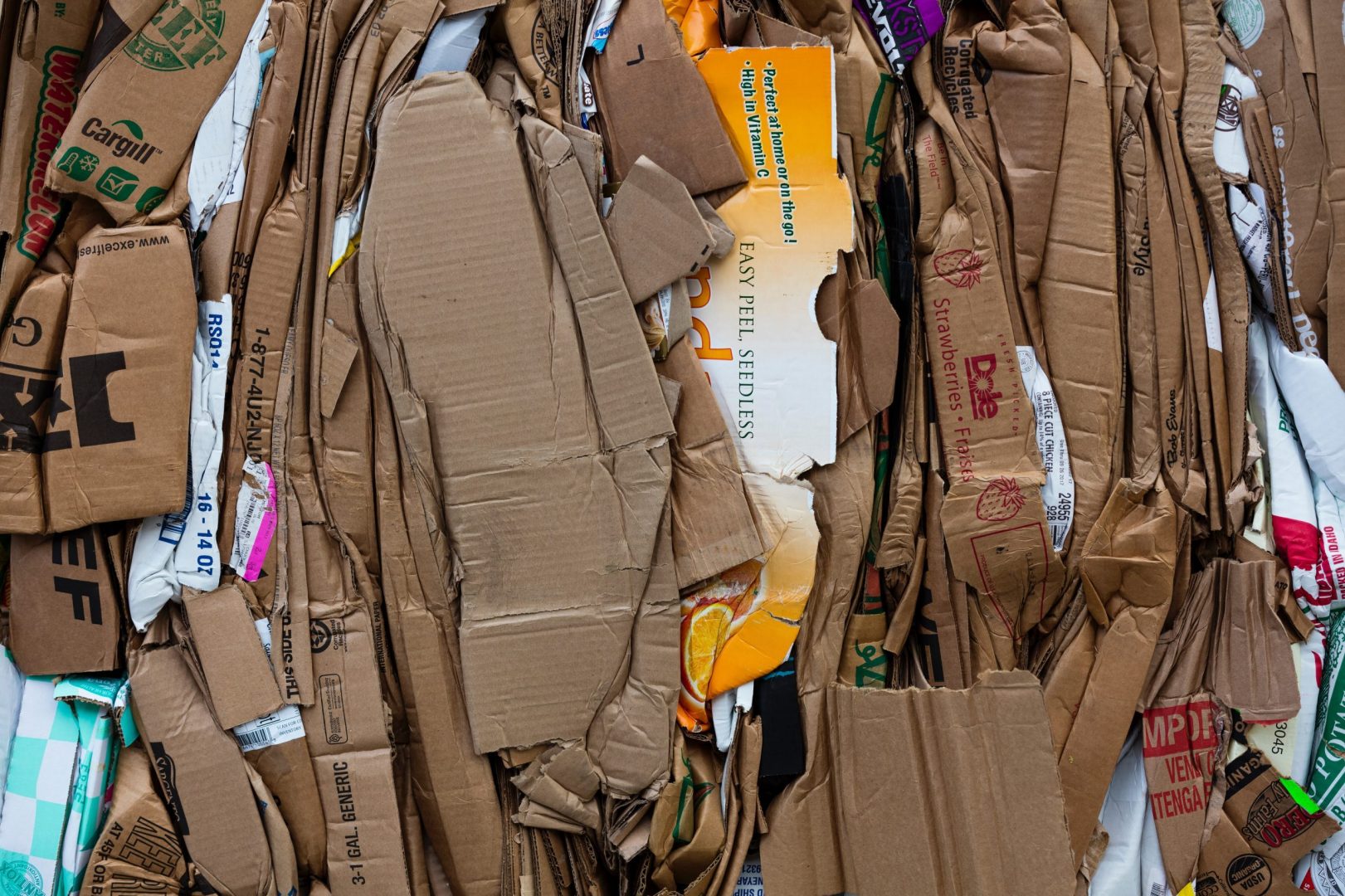EPR Assessment of Packaging and Its Solutions
- 02. December 2022
- Blog
The European Packaging Directive 94/62/EC (and amendments) specifies the legal framework for packaging and packaging waste on an EU level. There are no exclusions for the scope. All packaging and packaging waste is covered, whether used or released on a household or commercial level. Further, the distinction is made between sales packaging, group packaging, and transport packaging. Packaging is defined as any product made of any material of any nature to be used for the containment, protection, handling, delivery, and presentation of goods, from raw materials to processed goods, from the producer to the user or the consumer.
When looking at EPR obligations, (amongst others) four criteria are relevant for a preliminary assessment:
1) Is the item considered packaging?
2) Is the packaging considered household or industrial/commercial?
3) Is the packaging considered sales, group, or transport packaging?
4) Does the company match the producer and/or distributor definition?
When a company matches the producer and/or distributor definition and has EPR obligations, it is essential to look at criteria 2), 3), and 4).
Let’s start with criterion 2). Although all packaging is in scope according to the Directive, there are always borderline cases where it is unclear whether the item in question is a product or packaging. The following points apply:
- Items designed and intended to be filled at the point of sale and ‘disposable’ items sold, filled, or designed and intended to be filled at the point of sale shall be considered packaging, provided it fulfills the packaging function.
- The item is not considered as packaging if it is an integral part of the product and it is necessary to contain, support, or preserve the product throughout its lifetime, and all elements are intended to be used, consumed, or disposed of concurrently
- Packaging components and ancillary elements integrated into packaging shall be considered as part of the packaging being integrated. Ancillary elements hung directly on, or attached to, a product and which perform a packaging function shall be packaging unless they are an integral part of this product, and all elements are intended to be consumed or disposed of together
Annex I of the Directive provides illustrative examples of these points. However, there is still a lot of differentiation when applying the criteria per country. Therefore, it is crucial to assess per country whether specific items, such as storage boxes for clay or cases for glasses, are considered packaging.
Regarding criterion 3), some countries exclude industrial packaging and only have EPR obligations for household packaging. One example is France. Other countries require separate reporting into household or industrial/commercial packaging. In other countries, producers can distinguish themselves on how to report the packaging and base their decision on how the packaging is sorted for recycling, i.e., with the regular household stream or not. Finally, parts of the EU member states have strict rules and distinctions based on product groups and predefined percentages for reporting household and industrial packaging.
Moving to criterion 4), we need to look at the differentiation of packaging into sales, group, and transport packaging. Sales packaging is considered the packaging of a sales unit to the final user or consumer at the time of purchase. Group packaging is grouping a certain number of sales units. It can be removed from the product without affecting its characteristics. Finally, transport packaging is packaging to facilitate the handling and transporting several sales units or group packages to prevent physical handling and transport damage. Exclusions made are road, rail, ship, and air containers. Again, some countries require the reporting to be split into three groups, but some specific packaging groups, such as parcel and service packaging, need further differentiation.
As seen, there are many points to consider when assessing and reporting packaging materials. RLG can help you with your scoping questions and make sure that your packaging is reported correctly.









